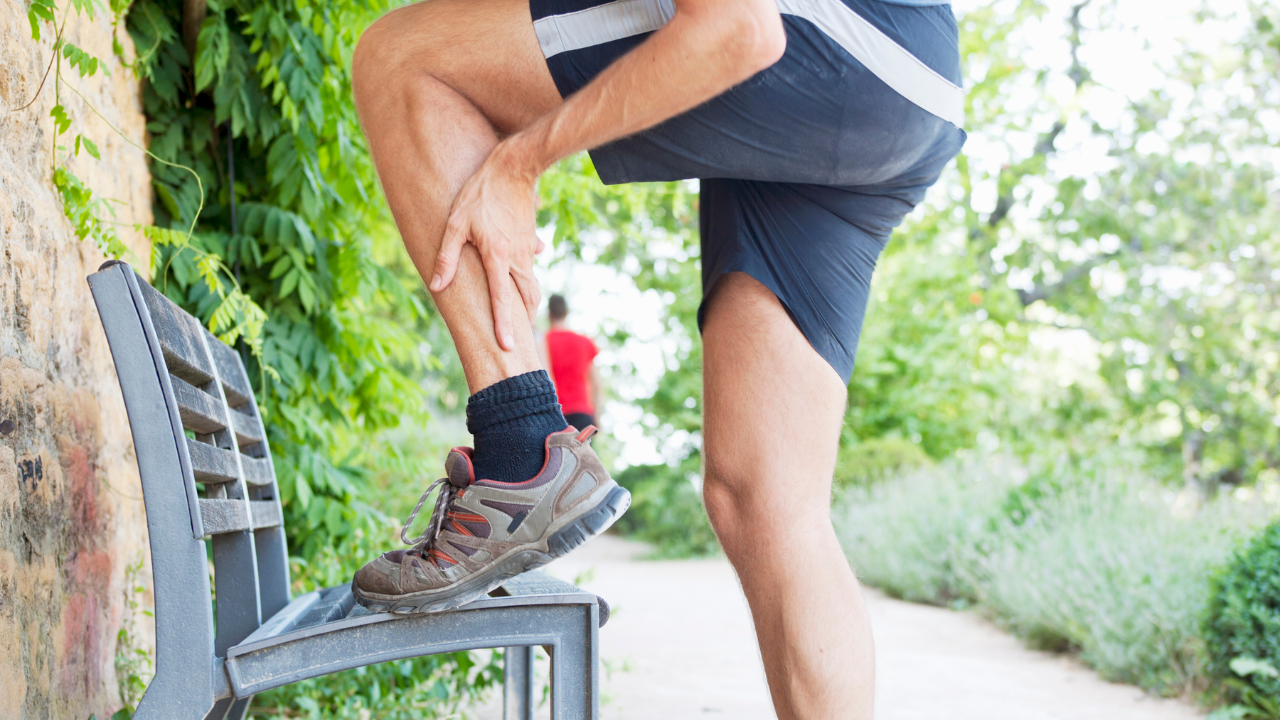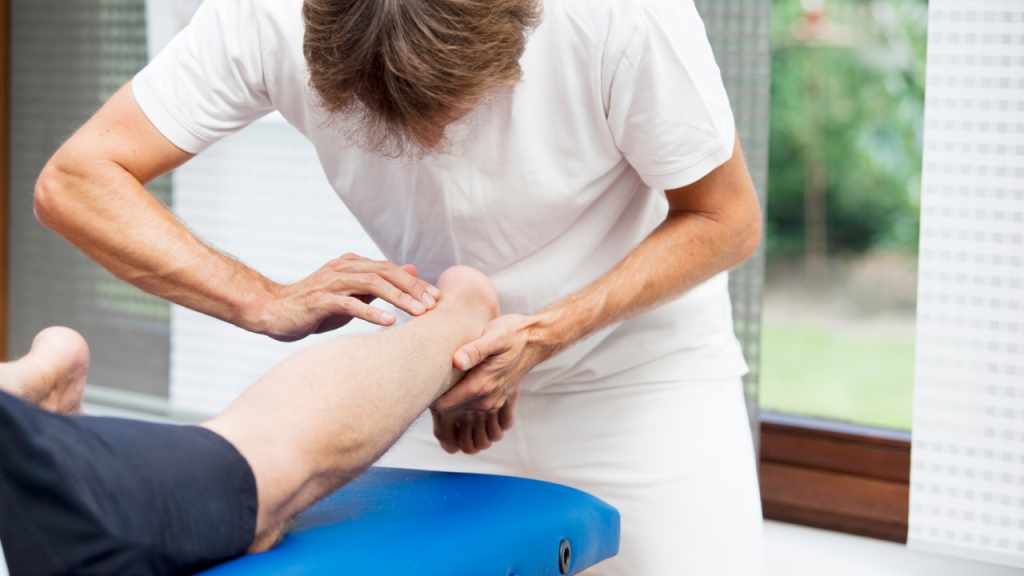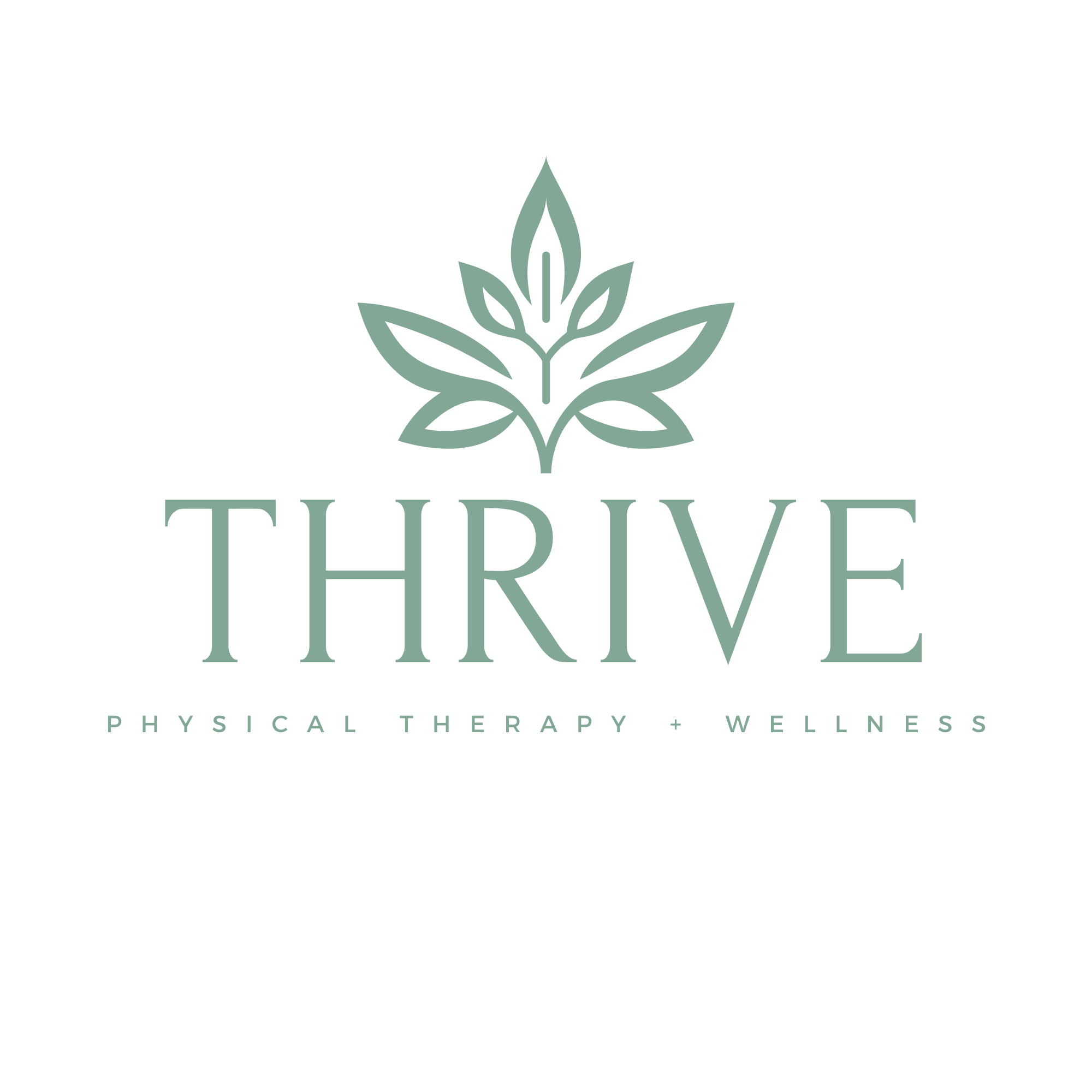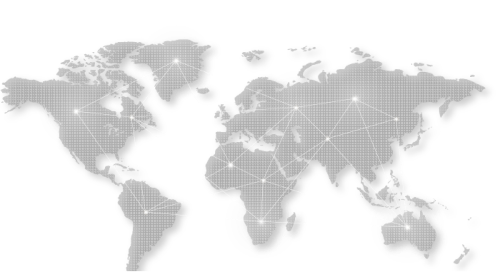
When your feet hurt, your whole world changes. You might not notice how often you rely on them until every step feels like a reminder that something’s not quite right. Whether it’s a nagging tightness in the heel or a sharp pain near the back of your ankle, conditions like Achilles tendonitis and plantar fasciitis have a way of creeping into your daily life and demanding attention. But here’s the silver lining—there’s a highly effective, often overlooked solution that doesn’t rely solely on medication or surgery: physical therapy. And at the heart of this movement toward natural recovery and long-term relief is Thrive Physical Therapy, where healing is more than just protocol—it’s personal.
Understanding the Two Conditions: Achilles Tendonitis and Plantar Fasciitis
Before diving into how physical therapy works its magic, it helps to understand what we’re up against.
Achilles tendonitis is an inflammation of the Achilles tendon, the largest tendon in your body. It connects your calf muscles to your heel bone and takes a beating every time you walk, run, jump, or even stand. When this tendon gets overused or strained, it can become inflamed or develop tiny tears, leading to stiffness, swelling, and pain—especially first thing in the morning or after prolonged activity.
Plantar fasciitis, on the other hand, affects the plantar fascia—a thick band of tissue that stretches from your heel to your toes. When it’s inflamed, it can cause sharp, stabbing pain in the bottom of your foot, particularly with the first steps of the day. It’s one of the most common causes of heel pain and often occurs in runners, people who are overweight, or those who spend long hours on their feet.
Although these conditions differ in their location and causes, they share one important trait: both can dramatically affect your mobility and quality of life if left untreated.
Why Physical Therapy Works: A Root-Level Approach
What makes physical therapy so powerful is its commitment to addressing the root cause—not just masking symptoms. This isn’t about icing your foot for a few minutes and hoping for the best. It’s about understanding your body’s mechanics, movement patterns, and imbalances and creating a plan to restore strength, flexibility, and function.
Thrive Physical Therapy is built on this belief. Their approach isn’t cookie-cutter. They understand that no two bodies move the same way, and what works for one patient might not work for another. That’s why they begin with a comprehensive evaluation, not just of the injury site, but of your overall movement, posture, and strength.
When it comes to Achilles tendonitis and plantar fasciitis, the answer is rarely isolated to the foot or ankle alone. Often, tight calves, weak glutes, flat arches, or even poor core stability can contribute. Thrive’s therapists are trained to look at the body as a connected system, identifying those hidden contributors and tailoring treatment accordingly.
Manual Therapy: Healing Starts with Touch
One of the most effective aspects of physical therapy for these conditions is manual therapy. At Thrive Physical Therapy, hands-on care is more than just a buzzword. Through techniques like soft tissue mobilization, myofascial release, and joint manipulation, therapists help reduce pain, improve circulation, and restore proper mobility in affected areas.
For Achilles tendonitis, this might involve gently working through tight calf muscles and the tendon itself to ease tension and break up scar tissue. For plantar fasciitis, manual work often targets the plantar fascia, heel, and even deeper muscles in the lower leg that might be contributing to strain. It’s not just about feeling better during the session—it’s about unlocking long-term change in how your tissues behave.
Targeted Exercises: Rebuilding from the Ground Up
If manual therapy sets the stage, then exercise is the main act. Thrive Physical Therapy crafts personalized exercise programs designed to gradually rebuild strength and mobility without aggravating your symptoms.
Stretching plays a key role here, particularly for tight calves and hamstrings, which can contribute to excessive pulling on both the Achilles tendon and plantar fascia. But stretching is just the beginning.
Strength training is where the real transformation happens. Weak foot and ankle muscles often go unnoticed, but they can make or break your recovery. Exercises that target the intrinsic muscles of the foot, the calves, and even the hips help improve your body’s ability to absorb shock and maintain proper alignment during walking and running.
And Thrive’s team doesn’t stop at the basics. They incorporate balance and proprioceptive work—training that helps your body “remember” how to move efficiently and safely. This is especially important for athletes or active individuals returning to their routines post-injury.
Gait and Posture Retraining: Rethinking How You Move
How you move can either contribute to healing—or keep the cycle of pain going. That’s why Thrive Physical Therapy takes gait and posture analysis seriously. They watch how you walk, stand, and run, looking for compensations or imbalances that might be putting stress on the injured area.
For example, someone with plantar fasciitis may unconsciously avoid putting weight on the heel, which can throw off their entire posture and cause issues up the chain—in the knees, hips, or even lower back. Similarly, someone with Achilles tendonitis may have developed a limp or altered stride that increases strain with each step.
By retraining movement patterns and offering practical strategies to improve your biomechanics, Thrive helps patients not only feel better but move better.
Advanced Modalities: A Modern Edge to Timeless Care
Physical therapy isn’t just stretches and massages anymore. Thrive Physical Therapy incorporates evidence-based technologies that accelerate healing and provide deeper relief.
These might include therapeutic ultrasound to reduce inflammation and promote blood flow, electrical stimulation (TENS) for pain control, or even instrument-assisted soft tissue mobilization (IASTM) to target deeper tissue restrictions. Each modality is chosen based on your specific condition and phase of recovery—no unnecessary bells and whistles, just tools that work.
In plantar fasciitis, for example, shockwave therapy has shown promising results for breaking down scar tissue and promoting tissue regeneration. For Achilles tendonitis, laser therapy and eccentric loading programs (exercises that emphasize lengthening under load) are among the gold standards, and Thrive integrates these innovations with precision and purpose.

Recovery is More Than Physical—It’s Emotional and Mental Too
Living with chronic foot or ankle pain can feel like a lonely journey. Simple joys like walking the dog, chasing after your kids, or even standing in line at the grocery store can become sources of dread. Thrive Physical Therapy recognizes the emotional weight that pain carries.
They don’t just treat the injury—they treat you.
The therapists at Thrive offer consistent support, celebrate small wins with you, and adjust your treatment plan based on your feedback and progress. This sense of partnership helps patients stay motivated and engaged, even when the journey feels long. And let’s be honest, that kind of encouragement can be just as powerful as any stretch or exercise.
Preventing Future Flare-Ups: Long-Term Solutions that Stick
One of the most frustrating parts of Achilles tendonitis and plantar fasciitis is how easily they can come back. You think you’re in the clear, and then—bam—you’re limping again after one long walk or workout.
Thrive’s philosophy revolves around building resilience, not just recovery. Their therapists teach patients how to recognize early warning signs, incorporate proper warm-ups and cooldowns, and make smart footwear choices. They provide home exercise programs designed to be sustainable and realistic, helping you protect your progress for the long haul.
They also educate you on lifestyle factors—like how a sedentary job or inadequate sleep can sabotage healing. That full-body awareness is what sets their care apart.
Real Stories, Real Results: What Patients Say
Across their clinics, Thrive has helped countless patients return to the activities they love. From runners sidelined by heel pain to teachers who spend all day on their feet, the success stories share a common theme: a return to freedom.
Patients often describe their experience at Thrive as empowering, informative, and unexpectedly enjoyable. It’s not just the therapy—it’s the people, the energy, and the belief that recovery is possible, no matter how long you’ve been struggling.
One former patient who battled plantar fasciitis for over a year said, “I tried everything—custom orthotics, injections, rest—and nothing really worked. Within weeks of working with Thrive, I felt real change. Not just less pain, but more confidence in my body again.”
Suggested Reading: Foot Pain Relief: Physical Therapy vs. Custom Orthotics
Conclusion: Healing Starts with the Right Partner
When it comes to conditions like Achilles tendonitis and plantar fasciitis, time alone doesn’t always heal all wounds. In fact, ignoring the pain or relying only on short-term fixes can actually make things worse. What you need is a comprehensive, compassionate, and skilled approach—one that looks at your whole body, your lifestyle, and your goals.
Physical therapy offers that. And Thrive Physical Therapy elevates it.
Their team doesn’t just treat injuries; they empower recovery. They don’t offer band-aids; they deliver transformation. So if your feet are sending you signals that something’s off—whether it’s heel pain first thing in the morning or discomfort after activity—don’t wait for it to spiral. Step toward lasting relief with people who truly care.
You can learn more and schedule a consultation by visiting https://thriveptclinic.com/. At Thrive Physical Therapy, it’s not just about healing your pain—it’s about getting you back to living life fully, one strong step at a time.

